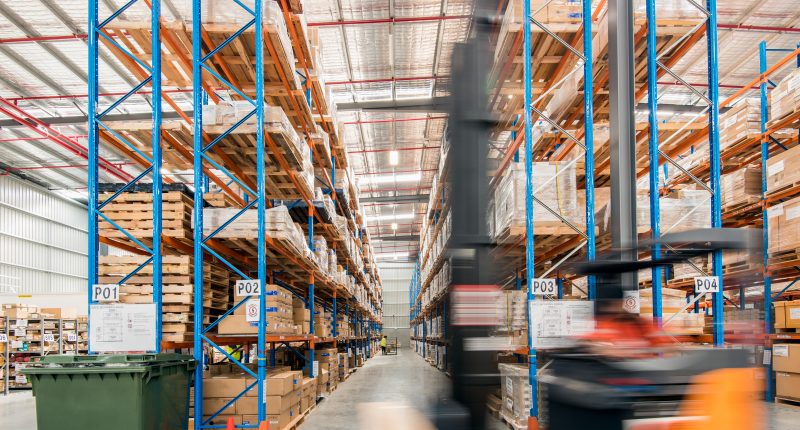- National investment volumes in industrial real estate have risen to a decade-high, reaching $8.8 billion in 2020, up from $7.7 billion in 2019
- Knight Frank’s National Industrial Market Report March 2021 also found new developments reaching a 13-year high of two million square metres on the eastern seaboard
- The report said the new investment records reflect the increasing popularity of the sector, as increased consumer spending and a rise in the manufacturing and storage of pharma goods drive tenant demand
- Despite an initial dip in activity at the onset of the pandemic, the report notes that Sydney industrial leasing volumes in 2020 were 7 per cent higher than the five-year average
- Melbourne is expected to see more than one million sqm of new industrial stock in 2021, while there has been a spike in demand for large warehouses in Perth in the 3000 to 10,000 square metre range
National investment volumes in industrial real estate have risen to a decade-high, reaching $8.8 billion in 2020, up from $7.7 billion in 2019.
Knight Frank’s National Industrial Market Report March 2021 also found new developments reaching a 13-year high of two million square metres on the eastern seaboard.
The outlook for 2021 is likely to exceed 2.2 million square metres, with 80 per cent of this expected to be delivered in Sydney and Melbourne.
New investment records reflect the increasing popularity of the sector, according to the report as increased consumer spending and a rise in the manufacturing and storage of pharma goods drive tenant demand.
This growth might be set to continue, as Knight Frank Associate Director Kary Dean said a surge in industrial job ads points to future growth.
“Industrial job ads, which includes machinery operators and drivers, labourers, technicians and trade workers, have been increasing since May 2020,” she said.
“Following an initial dip during March and April, they are now showing a year on year increase as at December of 38.7 per cent.”
Some of this demand for industrial real estate can be allocated to the massive uplift in online shopping during the pandemic, with IBM noting last year in their Retail Index that the pandemic had accelerated the shift to digital shopping by up to five years.
“The transition to digital has changed consumer and business preferences and the sustained uptick in online sales suggests the market will continue to see more rapid growth over the next few years,” Kary said.
“The change in preferences has translated into increased demand for larger scale and more advanced warehousing to accommodate bigger inventories.”

Despite an initial dip in activity at the onset of the pandemic, the report notes that Sydney industrial leasing volumes in 2020 were 7 per cent higher than the five-year average.
Melbourne is expected to see more than one million square metres of new industrial stock in 2021, while Perth has witnessed a spike in demand for large warehouses in the 3000 – 10,000 square metre range.
In Brisbane, the report said more than a third of leasing take-ups for 2020 were negotiated in Q4 and this momentum has continued into 2021, underpinned by demand from retail and logistics.
The northern areas of Adelaide have seen an uplift in sales activity for vacant industrial land, with increased competition driving an increase in land values.








